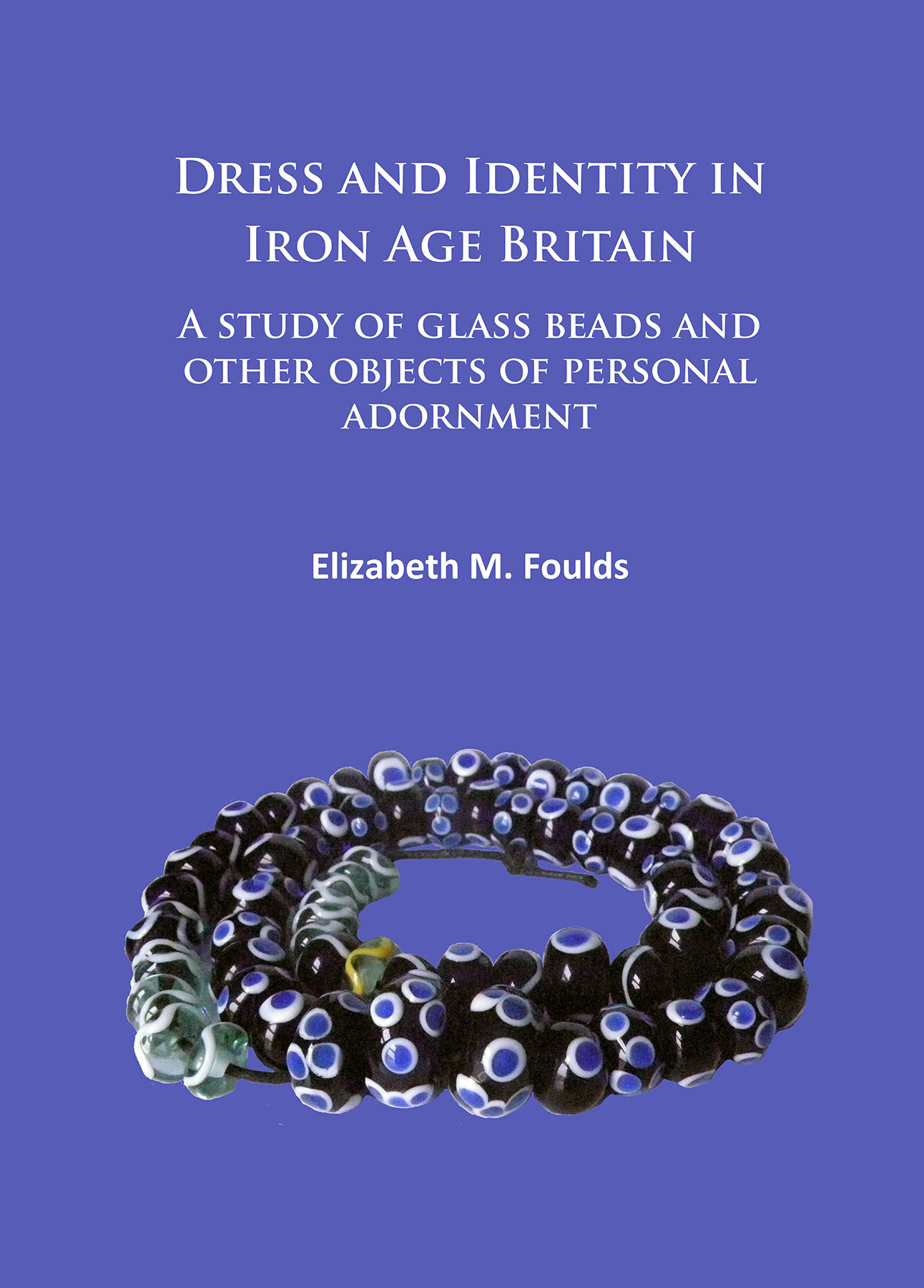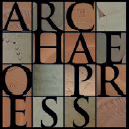
Publishing Scholarly Archaeology since 1997

Download Sample PDF
H 290 x W 205 mm
352 pages
Illustrated throughout in black & white with 16 colour plates
Published Jan 2017
ISBN
Paperback: 9781784915261
Digital: 9781784915278
Keywords
Iron Age; Britian; Dress; Ornament; Identity; Beads; Glass; Society
Dress and Identity in Iron Age Britain
A study of glass beads and other objects of personal adornment
Paperback
£50.00
Includes PDF
PDF eBook
(personal use)
£16.00
PDF eBook
(institutional use)
£50.00
Through an analysis of glass beads from four key study regions in Britain, the book aims to explore the role that this object played within the networks and relationships that constructed Iron Age society.
Contents
Chapter 1: Introduction; Chapter 2: Previous Approaches to Glass Beads; Chapter 3: Glass Beads & Dress; Chapter 4: The Nature of the Archaeological Resource in the Regions; Chapter 5: Typological Conundrums, Quandaries, and Resolutions; Chapter 6: Form and Regional Identity; Chapter 7: Archaeological Context; Chapter 8: Regional Bodily Adornment; Chapter 9: Glass Beads in their Social Context; Appendix A: Terminology & Guide to Recording Glass Beads; Appendix B: Guido Iron Age Glass Bead Types; Appendix C: List of All New Types; Guide to the Illustrated Glass Beads; Bibliography; Index
About the Author
Elizabeth M. Foulds completed her doctoral thesis on Iron Age Glass Beads in Britain at Durham University in 2014. She continues to develop her interests in late prehistoric and Roman period small finds through several projects, as well as her involvement with the Later Prehistoric Finds Group. She is currently employed as a Project Officer (Finds and Archives) and Small Finds Specialist at Northern Archaeological Associates based in Barnard Castle, County Durham.Reviews
‘…[A] useful book which will find a place on specialists’ bookshelves and has things to offer a wider audience.’ – H.E.M. Cool (2018): Archaeological Journal, DOI: 10.1080/00665983.2018.1531596

 Add to wishlist
Add to wishlist
